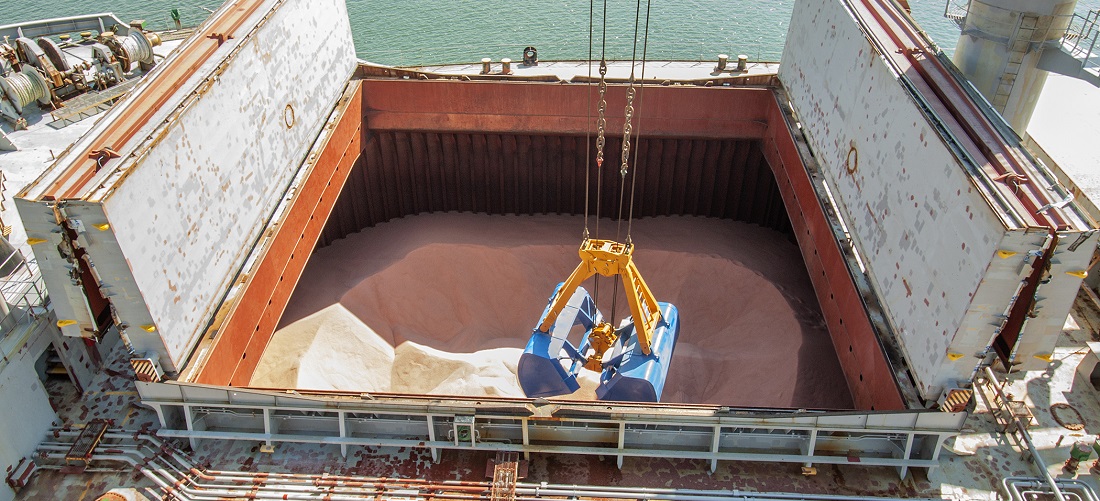
Paraná is the main gateway to fertilizers in Brazil
Aug, 26, 2019 Posted by Sylvia SchandertWeek 201935
Fertilizer imports unloaded by the Ports of Paraná totaled US$1.48bn from January to July 2019. The value, according to the Ministry of Economy, Industry, Foreign Trade, and Services, is 34% higher than in the same period in 2018, when it was US$1.1bn.
The numbers confirm that the Port of Paranaguá is the main point of entry of fertilizer that arrives in Brazil. About 30% of all the product that arrives to be applied in the country’s crops comes through the Paraná terminals. In addition to serving producers in Paraná, the fertilizer is also sent to the states of Mato Grosso, Mato Grosso do Sul, Goiás, São Paulo, and Minas Gerais.
Considering only the products destined to the Paraná crop, in the last seven months, there were 2.49m tons, totaling US$770m. “The Port of Paranaguá has the best operating productivity average for the unloading of products between Brazilian ports, totaling 299 tons per hour,” says the CEO of the public company Portos do Paraná, Luiz Fernando Garcia.
The following chart, based on data from DataLiner, shows the Brazilian ports that moved the most fertilizers from 2009 to 2018:
Source: Datamar
Organization
There are three preferencial berths at the public dock of the Port of Paranaguá for ships loaded with fertilizer. One of these, the 209, has the availability of conveyor belts that carry the product to the Public Fertilizer Terminal (TEFER, which can store up to 20,000 tons), which in turn has interconnection with other private warehouses.
In addition to these priority berths, fertilizer ships can dock and unload cargo at any other unoccupied public berth. Port of Paranaguá also has a private pier with two exclusive berths and there are two other berths for the product in the Port of Antonina.
Equipment
There are six MHCs ( mobile harbour cranes) that unload the products. Trucks that access the dock to pick up fertilizer have three gates with four weighing platforms each (two in and two out). The platforms are 30 meters long and 3.20 meters wide.
This structure of the gates ensures safety and agility for the entry of trucks that access the primary range to pick up the product. Scales are automated and system information (about vehicles and drivers) is interconnected with the entire system. The trucks take less than a minute to leave. The operation also requires skilled labor such as checkers, ushers, dockers, and lookouts.
The chart below, with data from DataLiner, shows the main countries of origin of the fertilizer imported by Brazil from 2009 to 2018 (by all ports):
Source: Datamar
-
Other Cargo
Sep, 12, 2024
0
Onions/Cepea: August Exports Reach All-Time High in Revenue
-
Shipping
Jan, 30, 2024
0
Ricardo Rocha takes on as Maersk’s new CEO for East Coast South America
-
Grains
Mar, 29, 2023
0
Soy volume clear for exports grows 23.5% in the USA; corn drops 44%
-
Environment
Oct, 08, 2024
0
IMO moves closer to carbon levy

